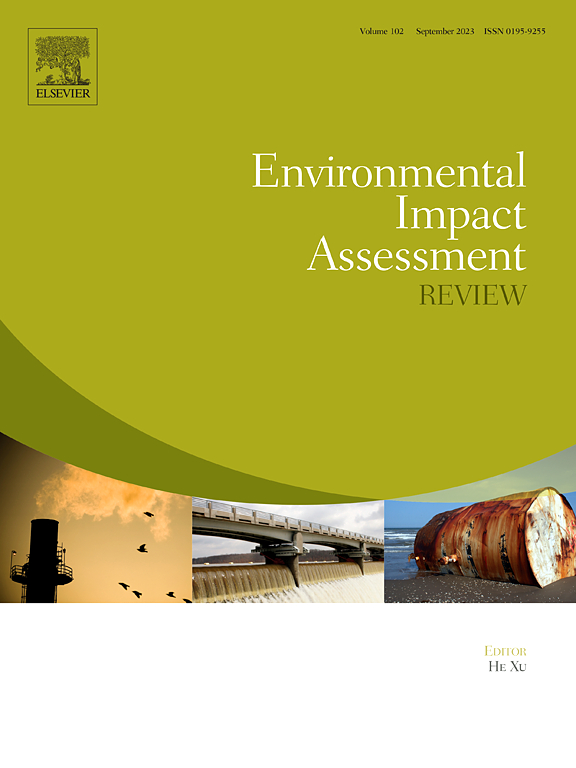Nonlinear and weak interactions among sustainable development goals (SDGs) drive China's SDGs growth rate below expectations
IF 9.8
1区 社会学
Q1 ENVIRONMENTAL STUDIES
引用次数: 0
Abstract
Despite substantial efforts dedicated to achieving the Sustainable Development Goals (SDGs) by 2030, there remains a critical lack of focus on how the nonlinear interactions between the SDGs affect their progress. To fill this pressing knowledge gap, we conducted a comprehensive analysis of SDG interactions and progress in China, from 2000 to 2021, with a focus on assessing nonlinear interactions and their effects on compound annual growth rates of SDGs at both national and provincial scales. Our results show that unless its current trajectory improves, China will not fully achieve all SDGs by 2030, with actual growth rates of some of the goals falling short of desired targets. Crucially, nonlinear interactions among SDGs are more prevalent than linear ones, calling into question the conventional assumption of predominantly linear interactions. While linear synergies do exert the strongest positive influence on SDG progress, the unclassified interactions emerge as the most critical factor inhibiting it. Our findings emphasize the importance of adopting more tailored policy approaches that leverage beneficial nonlinear dynamics and tackle obstacles posed by isolated actions or trade-offs, thus offering valuable insights for both China and the global community in navigating the complexities of the timely achievement of the SDGs.
可持续发展目标之间的非线性和弱相互作用导致中国可持续发展目标增长率低于预期
尽管为到2030年实现可持续发展目标(sdg)做出了大量努力,但仍然严重缺乏对可持续发展目标之间非线性相互作用如何影响其进展的关注。为了填补这一紧迫的知识空白,我们对2000年至2021年中国可持续发展目标的相互作用和进展进行了全面分析,重点评估了非线性相互作用及其对国家和省级可持续发展目标复合年增长率的影响。我们的研究结果表明,除非中国目前的发展轨迹得到改善,否则到2030年中国将无法完全实现所有可持续发展目标,其中一些目标的实际增长率将低于预期目标。至关重要的是,可持续发展目标之间的非线性相互作用比线性相互作用更为普遍,这让人们对以线性相互作用为主的传统假设产生了质疑。虽然线性协同效应确实对可持续发展目标的进展产生了最大的积极影响,但未分类的相互作用成为阻碍其进展的最关键因素。我们的研究结果强调了采取更有针对性的政策方法的重要性,这些政策方法利用有益的非线性动态,解决孤立行动或权衡造成的障碍,从而为中国和全球社会在及时实现可持续发展目标的复杂性中提供有价值的见解。
本文章由计算机程序翻译,如有差异,请以英文原文为准。
求助全文
约1分钟内获得全文
求助全文
来源期刊

Environmental Impact Assessment Review
ENVIRONMENTAL STUDIES-
CiteScore
12.60
自引率
10.10%
发文量
200
审稿时长
33 days
期刊介绍:
Environmental Impact Assessment Review is an interdisciplinary journal that serves a global audience of practitioners, policymakers, and academics involved in assessing the environmental impact of policies, projects, processes, and products. The journal focuses on innovative theory and practice in environmental impact assessment (EIA). Papers are expected to present innovative ideas, be topical, and coherent. The journal emphasizes concepts, methods, techniques, approaches, and systems related to EIA theory and practice.
 求助内容:
求助内容: 应助结果提醒方式:
应助结果提醒方式:


